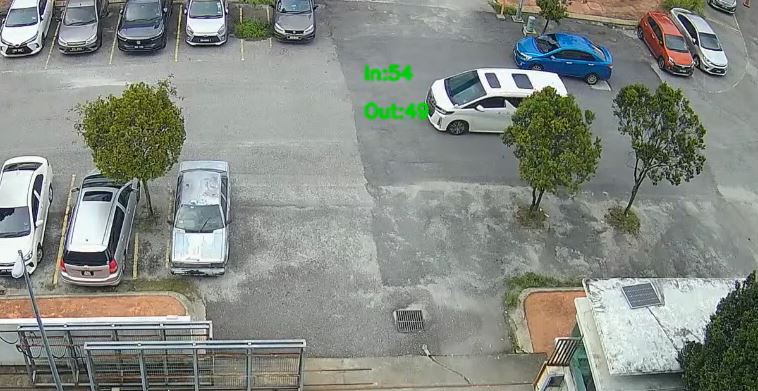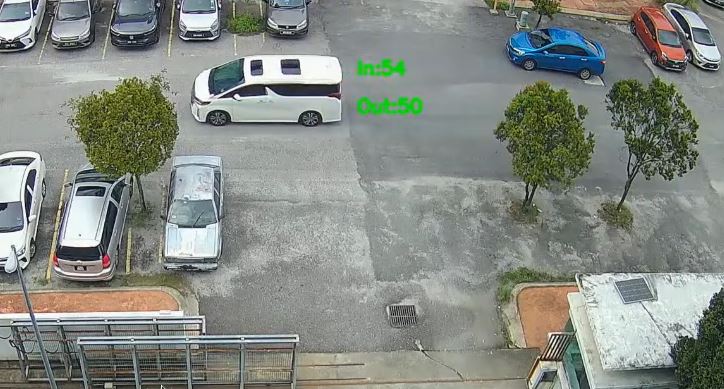
Can AI and IoT Propel Smart Urban Transformation? Absolutely! In our very session 2024 live Sembang AIoT session, we delved deeply into this fascinating topic.
The integration of Artificial Intelligence (AI) and the Internet of Things (IoT) in driving smart urban transformation is a multifaceted process that can revolutionize how cities function, enhancing efficiency, sustainability, and quality of life. Here are some key applications:
Smart Traffic Management: AI can analyze data from IoT sensors placed throughout the city to optimize traffic flow, reduce congestion, and improve road safety. This includes smart traffic lights, real-time traffic updates, and predictive analytics for traffic patterns.
Waste Management: Smart bins equipped with IoT sensors can notify collection services when they are full, optimizing waste collection routes and schedules. AI algorithms can also analyze waste patterns to improve recycling and reduce landfill usage.
Energy Management: AIoT can be crucial in managing energy consumption in urban areas. IoT sensors can monitor energy usage across the city, while AI can analyze this data to optimize energy distribution, reduce waste, and integrate renewable energy sources more effectively.
Water Resource Management: IoT sensors can detect leaks, monitor water quality, and manage water usage in real-time. AI can predict water demand, optimize water distribution, and ensure sustainable water management practices.
Public Safety and Security: AI-enhanced surveillance systems can analyze footage from IoT-connected cameras in real-time, helping to detect and prevent crime. AI can also analyze data from various sensors to improve emergency response times and disaster management strategies.
Healthcare Services: In smart cities, IoT devices can monitor public health trends and environmental factors that affect health. AI can analyze this data to predict outbreaks, manage hospital resources, and personalize healthcare.
Environmental Monitoring: AIoT can monitor air quality, noise levels, and other environmental parameters, providing data to make informed decisions about urban planning and public health initiatives.
Infrastructure Maintenance: IoT sensors can monitor the condition of roads, bridges, and buildings, with AI analyzing this data to predict when maintenance is needed, thus preventing costly repairs and enhancing public safety.
Smart Parking: IoT sensors can provide real-time information on parking availability, while AI algorithms can analyze patterns to improve parking management and reduce congestion caused by drivers searching for parking spaces.
Enhanced Citizen Engagement: AI can analyze data from IoT devices and social media to gauge public opinion and needs, leading to more responsive and citizen-centric urban governance.
In summary, the application of AI and IoT in smart urban transformation involves leveraging these technologies to collect and analyze vast amounts of data from various city operations. This enables more informed decision-making, leading to efficient, sustainable, and improved urban living experiences.
People tracking and counting with Vision AI is one of the example to continuously monitor or provide surveillance with anomaly detection on sudden crowd, density of people per location and activity movement of people. That covers the safety and the healthy living part of it.
Using IoT and AI for traffic monitoring in city parking areas is a prime example of their application. By tracking vehicle occupancy in parking spaces, we can offer real-time information about available spots to drivers. This approach not only guides traffic efficiently to the appropriate locations but also helps in reducing waiting times and lowering carbon emissions.



In the Live demo that we showed in the live session, We demonstrated how Axiomtek AIoT appliance where it is able to provide the numbers counted by the AI model for the passing by vehicle. The above snap shot shows the passing vehicle with the indicator 49 ( in the first picture) and increase to 50 after the vehicle has passed.
